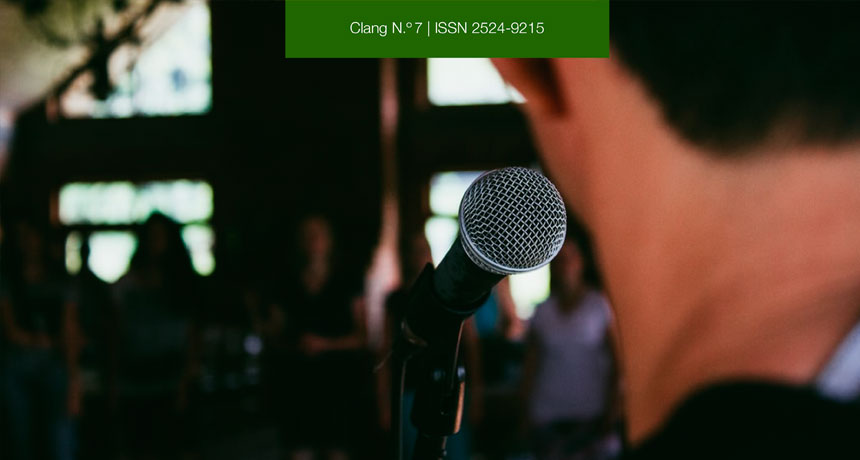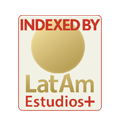Algunas Historias Musicales en Tierras Brasileras
Abstract
En agosto de 2008 me recibí del Profesorado en Música con Orientación en Guitarra en la Facultad de Artes de la Universidad Nacional de La Plata (FDA-UNLP). En aquella época era ayudante de Historia de la Música II en la facultad, profesor del Colegio Nacional de La Plata y estaba comenzando a estudiar con el gran guitarrista argentino Eduardo Isaac en un postítulo del conservatorio de Mar del Plata, ciudad donde viví entre los tres y los dieciocho años. Unos meses después, a comienzos de 2009 viajé a Brasil para participar del Festival de Música de Santa Catarina (FEMUSC) en Jaraguá do Sul, una ciudad del interior de la que nunca había escuchado hablar. El FEMUSC es un festival-escuela, donde músicos de todos los instrumentos se reúnen durante dos semanas intensivas de actividades (clases, ensayos, conciertos y noches en el bar). Ese primer viaje al exterior para estudiar música fue una puerta que se abrió hacia una experiencia totalmente nueva. En el festival podía escuchar conciertos de un nivel increíble todos los días y conocer a músicos de muchos países diferentes, como por ejemplo tocar a dúo con una gran arpista de Turquía que estudiaba en el Mozarteum de Salzburgo o hacer la «Historia del Tango» de Piazzolla con una violinista de Hawái.Downloads
Downloads
Published
How to Cite
Issue
Section
License
The acceptance of the manuscript by the magazine means the non-exclusive cession of the property rights of the authors in favour of the editor, who allows the reuse, after publication (post print), under a license Attribution-NonCommercial-NoDerivatives 4.0 International.
According to these terms, the material can be copied and redistributed by any means or in any format as long as a) the author and original source of the publication are quoted (magazine and URL of the work), access to the license is provided and whether changes have been made is mentioned; and b) the material is not used for commercial purposes.
The cession of non-exclusive rights means that after the publication (post print) in Clang the authors can publish their work in any language, means and format; in such cases it must be mentioned that the material was originally published in this magazine. Such cession also means the authorization of the authors for the work to be collected by SEDICI, the institutional archive of the Universidad Nacional de La Plata, and to be spread in the databases that the editorial team considers appropriate to increase the visibility of the publication and its authors.
Moreover, the magazine encourages the authors to deposit their productions in other institutional and thematic archives under the principle that offering the society the scientific and academic production without any restrictions contributes to a greater exchange of the global knowledge.












 </a >
</a >












